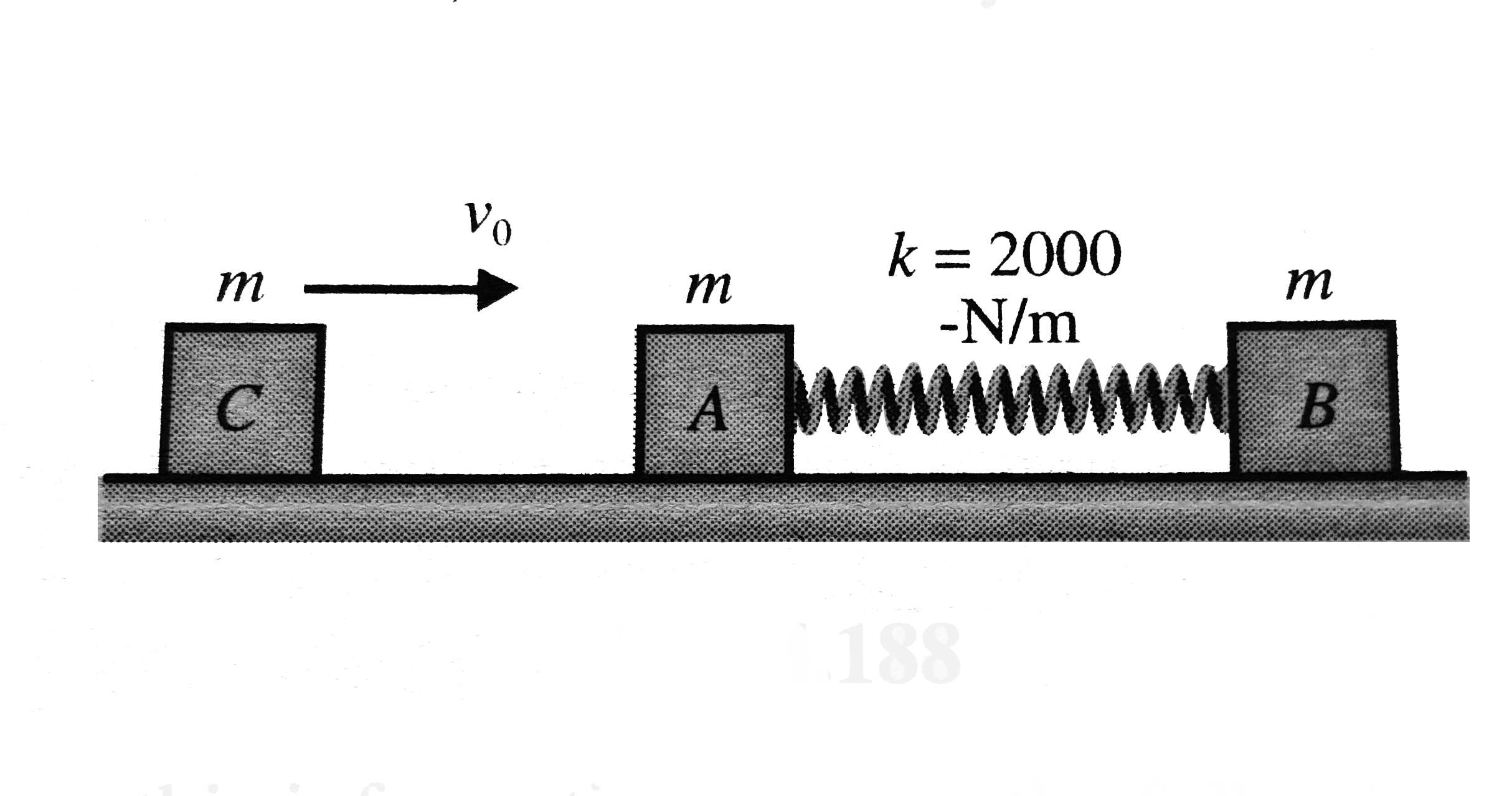Binary fission is a form of :
asexual reproduction
sexual reproduction
both of these
none of these
The correct Answer is:3
Step-by-Step Solution:
1. Understanding Binary Fission: Binary fission is a method of reproduction where a single organism divides into two identical daughter cells. This process is primarily seen in prokaryotic organisms like bacteria.
2. Identifying the Type of Reproduction: The key characteristic of binary fission is that it does not involve the fusion of gametes, which is a defining feature of sexual reproduction. Instead, it involves a single parent organism splitting into two.
3. Genetic Material Duplication: Before the cell divides, its genetic material (DNA) is duplicated. This ensures that each daughter cell receives an exact copy of the genetic material from the parent cell.
4. Cell Enlargement: After the DNA replication, the cell increases in size due to the accumulation of cytoplasm, preparing for division.
5. Formation of Septum: A septum (a partition) forms in the middle of the cell, which is crucial for the division process.
6. Division into Daughter Cells: The cell then divides into two, resulting in two daughter cells, each containing a copy of the genetic material.
7. Conclusion: Given the characteristics and processes involved in binary fission, we conclude that it is a form of asexual reproduction.
Final Answer: Binary fission is a form of asexual reproduction.
---
Topper's Solved these Questions
- REPRODUCTION IN ORGANISMS BOOK - CENGAGE BIOLOGY ENGLISHCHAPTER - REPRODUCTION IN ORGANISMS EXERCISE - ARCHIVES
8 Videos
- ORGANISMS AND POPULATIONSBOOK - CENGAGE BIOLOGY ENGLISHCHAPTER - ORGANISMS AND POPULATIONSEXERCISE - ARCHIVES (Choose the correct options)
29 Videos
- REPRODUCTIVE HEALTHBOOK - CENGAGE BIOLOGY ENGLISHCHAPTER - REPRODUCTIVE HEALTHEXERCISE - ARCHIVES
19 Videos
Similar Questions
Knowledge Check

Two identical blocks A and B, each of mass m=3kg, are connected with the help of an ideal spring and placed on a smooth horizontal surface as shown in Fig. Another identical blocks C moving velocity v0=0.6ms collides with A and sticks to it, as a result, the motion of system takes place in some way
Based on this information answer the following questions:
Q. Oscillation energy of the system i.e., part of the energy which is oscillation (changing) between potention and kinetic forms isA(i) and (ii)B(ii) and (iii)C(i) and (iii)D(iii) and (iv)
Binary fission is absent in
View SolutionBinary fission is a regular mode of multiplication in
View SolutionThe basic forms of asexual reproduction are fission, budding gemmulation and fragmentation. Binary fission is common among
View SolutionLongitudinal binary fission is found in
View SolutionOblique binary fission is found in
View SolutionBinary fission in Euglena is
View SolutionBinary fission is transverse in
View Solution
